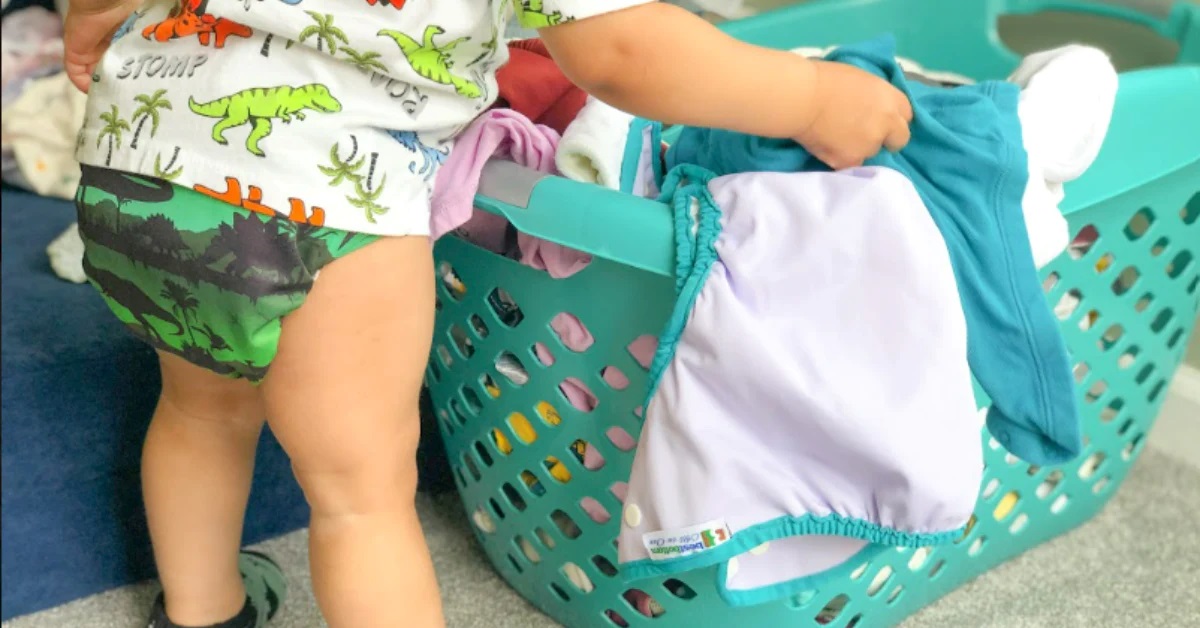

Articles
How To Store Dirty Cloth Diapers
Modified: January 6, 2024
Discover effective methods for storing dirty cloth diapers in this informative article. Learn how to maintain cleanliness and prevent odors.
(Many of the links in this article redirect to a specific reviewed product. Your purchase of these products through affiliate links helps to generate commission for Storables.com, at no extra cost. Learn more)
Introduction
Using cloth diapers for your baby is not only environmentally friendly but also cost-effective in the long run. While cloth diapers offer numerous benefits, one common concern among parents is how to properly store dirty cloth diapers until they are ready to be washed. Proper storage techniques are essential for preventing odor, bacteria growth, and stains on the diapers.
In this article, we will explore various tips and strategies for storing dirty cloth diapers effectively. From choosing the right storage container to implementing odor control methods, we will cover all the necessary steps to ensure your cloth diapers remain fresh and clean until laundry day.
By following these proper storage techniques, you will not only maintain the quality of your cloth diapers but also make the cleaning process more efficient and hassle-free.
Key Takeaways:
- Proper storage of dirty cloth diapers is crucial for maintaining hygiene, preventing odors, and simplifying the washing process. Follow these techniques to ensure your cloth diapers remain fresh and clean until laundry day.
- When traveling with dirty cloth diapers, plan ahead by using separate wet bags, disposable liners, and odor-neutralizing products. Consider cloth diaper-friendly destinations and research laundry facilities to ensure a smooth and hygienic experience.
Read more: How To Store Cloth Diapers
Proper Storage Techniques for Dirty Cloth Diapers
When it comes to storing dirty cloth diapers, it’s important to follow a few key steps to maintain hygiene and prevent odor. Implementing these techniques will ensure that your cloth diapers stay in good condition until you’re ready to wash them.
- Choosing the Right Storage Container: Selecting an appropriate storage container is crucial for keeping your cloth diapers secure and preventing leaks or odors from escaping. A lidded pail, wet bag, or diaper pail with a liner are popular options. Make sure the container has a tight seal to lock in moisture and odor.
- Removing Excess Waste: Before storing dirty cloth diapers, it’s important to remove any excess waste. Shake off solid waste into the toilet and use a diaper sprayer or diaper liner to minimize staining and odor. This step significantly reduces the chances of stains setting in and helps maintain cleanliness.
- Sorting Diapers: To simplify the washing process, sort your cloth diapers into different categories. Separate covers, inserts, prefolds, or any other diaper types you have. This will make it easier to manage and organize the diapers while preparing for washing.
- Prepping Diapers for Storage: Tucking in absorbent inserts or prefolds inside the diaper covers before storing can help maintain their shape and prevent them from sticking together. Ensure that the diapers are properly folded or fastened to prevent any leakage or stretching of elastics.
- Selecting a Storage Location: Find a suitable location to store your dirty cloth diapers. It should be a dry, well-ventilated area away from direct sunlight. Avoid storing the diapers near food preparation areas to maintain hygiene standards. Choose a location that is easily accessible for regular diaper changes.
- Odor Control Methods: To keep unpleasant odors at bay, consider adding odor control methods to your storage routine. Using a deodorizer or inserting a charcoal deodorizing bag in the storage container can help neutralize any lingering smells. Additionally, periodically washing the storage container can help maintain freshness.
- Tips for Traveling with Dirty Cloth Diapers: If you’re traveling with dirty cloth diapers, it’s important to have a plan in place. Carry a separate wet bag to store soiled diapers, ensuring that it is leak-proof and odor-resistant. This will prevent any issues while on the go and make it easier to manage dirty diapers during your trip.
By following these proper storage techniques, you can ensure that your cloth diapers remain in optimal condition and ready for a thorough wash. Remember to always follow the manufacturer’s instructions for washing and caring for your cloth diapers to maintain their longevity.
Choosing the Right Storage Container
Choosing the right storage container for your dirty cloth diapers is essential for maintaining cleanliness and preventing odor. There are several options available, each with its own advantages and considerations:
- Lidded Pail: A lidded pail is a popular choice for storing dirty cloth diapers. Look for a pail with a tight-fitting lid to prevent any odors from escaping. Some pails also have a carbon filter or odor-locking mechanism to further trap unpleasant scents. Make sure the pail has enough capacity to hold your soiled diapers, considering the number of diapers you use in a day.
- Wet Bag: A wet bag is a portable storage option that is convenient for parents on the go. It is made of waterproof material, which prevents leaks and contains any odors. Wet bags come in various sizes, so choose one that can accommodate your diaper stash. They are easy to fold and can fit in a diaper bag or stroller pocket, making them ideal for outings or traveling.
- Diaper Pail with Liner: Some diaper pails come with a removable liner, which makes it easier to transport the dirty diapers to the laundry room. The liner can be machine washed along with the diapers, reducing the need to handle individual soiled diapers. Look for a pail with a liner that is durable, leak-proof, and odor-resistant.
When selecting a storage container, consider the following factors:
- Size: Choose a container that is spacious enough to hold your cloth diapers comfortably. Consider the number of diapers you use in a day and how often you plan to do laundry.
- Sealing: Ensure that the storage container has a secure seal to prevent odors from escaping. This will help keep the surrounding area smelling fresh.
- Easy to Clean: Opt for a storage container that is easy to clean and maintain. Look for materials that are resistant to stains and odor absorption.
Remember to empty and clean the storage container regularly to maintain optimal hygiene. Choose a container that suits your lifestyle and preferences, ensuring that it effectively contains odors and keeps your cloth diapers in good condition until laundry day.
Removing Excess Waste
Before storing dirty cloth diapers, it’s important to remove any excess waste to minimize staining and prevent unwanted odors. Follow these steps to effectively remove excess waste from your cloth diapers:
- Shake off Solid Waste: Begin by shaking or scraping off any solid waste from the diaper into the toilet. You can use a diaper sprayer or a diaper spatula specially designed for this purpose. This step helps to remove the majority of the waste before storing the diaper.
- Use a Diaper Liner: Another option to make waste removal easier is to use a disposable or reusable diaper liner. Diaper liners sit between your baby’s bottom and the diaper, acting as a barrier to catch solid waste. When it’s time to change the diaper, simply remove the liner, flush the waste down the toilet, and dispose of the liner appropriately.
- Rinse or Soak Cloth Diapers: For particularly soiled diapers, a quick rinse or soak can help loosen any stubborn stains or residue. Fill a sink or a bucket with cold water and add a gentle detergent or stain remover specifically designed for cloth diapers. Allow the diapers to soak for a few hours or overnight before wringing them out and placing them in your chosen storage container.
By removing excess waste before storing your cloth diapers, you not only prevent stains from setting in but also minimize the growth of bacteria or unpleasant odors. This step is crucial for maintaining the cleanliness of your diapers and ensuring that they are ready for washing when laundry day arrives.
Remember, always follow the manufacturer’s guidelines on how to care for your cloth diapers and handle waste removal. Different diaper fabrics may require specific handling, so be sure to read and understand the instructions that come with your cloth diapers.
Sorting Diapers
Sorting your cloth diapers before storing them can make the washing process more efficient and organized. Follow these steps to effectively sort your dirty cloth diapers:
- Separate by Type: Start by separating your cloth diapers into different categories based on their type. This can include pocket diapers, prefolds, fitted diapers, all-in-ones, or any other diaper styles you use. Sorting by type helps streamline the washing process and ensures that each type of diaper receives the appropriate care.
- Remove Inserts or Soakers: If your cloth diapers have separate absorbent inserts or soakers, remove them from the diaper covers before storing. This prevents them from sticking together and allows for better airflow and drying while in storage.
- Fasten or Fold Diapers: Before storing, ensure that each diaper is properly fastened or folded. This helps prevent any leakage or stretching of elastics during storage. If using diapers with hook and loop closures, make sure to fasten them securely to avoid them sticking to other diapers and causing tangles.
- Stack or Organize: Once your diapers are sorted and prepared, stack them neatly or organize them in your chosen storage container. You can stack the diapers vertically or horizontally, depending on the available space and the container’s shape. If using a wet bag, place the diapers in it in an organized manner, making sure they are evenly distributed to prevent excessive bulging.
By sorting your cloth diapers, you can easily identify and grab the specific diapers you need when it’s time to do the laundry. This saves time and ensures that each diaper receives the appropriate care during washing and drying.
Additionally, sorting can help prolong the lifespan of your cloth diapers by preventing unnecessary wear and tear. When diapers are properly organized and stored, they are less likely to rub against each other or get tangled, reducing the chances of elastic damage or fabric pilling.
Remember to follow the manufacturer’s guidelines for proper folding and storage techniques, especially if you are using specific diaper styles that require special care or handling.
Store dirty cloth diapers in a dry pail with a lid to contain odors. Use a liner to make transferring to the washing machine easier. Wash every 2-3 days to prevent stains and odors from setting in.
Read more: How To Store Dirty Laundry
Prepping Diapers for Storage
Properly prepping your cloth diapers before storing them can help maintain their shape and condition. Follow these steps to ensure your diapers are ready for storage:
- Tuck in Absorbent Inserts: If you are using diapers with separate absorbent inserts or soakers, make sure to tuck them inside the diaper covers before storage. This helps prevent them from sticking together and makes it easier to grab a complete diaper when it’s time to change your baby.
- Fold or Fasten Diapers: Properly fold or fasten each diaper to maintain its shape during storage. For pocket diapers or all-in-ones, make sure the inserts are neatly tucked inside the pocket or attached to the inner lining. If using prefolds, fold them neatly and secure them with a diaper fastener or fold them in thirds and secure with a Snappi or diaper pin.
- Avoid Overstuffing: It’s important not to overstuff your storage container or wet bag with too many cloth diapers. Overpacking can cause unnecessary pressure on the diapers, potentially leading to compressed materials or compromised performance. Leave enough space for adequate airflow within the container or wet bag.
- Avoid Trapped Moisture: Before storing your cloth diapers, make sure they are completely dry. Trapped moisture can lead to the growth of mold or mildew, which can damage the fabric and create unpleasant odors. If necessary, air dry the diapers before storing them.
- Consider Stacking: If you’re using a lidded pail or storage container, consider stacking your folded or fastened diapers vertically to maximize space. This allows for easy access to individual diapers without disturbing the rest of the stack. Avoid placing heavy objects on top of the diapers, as this can create unnecessary pressure and compromise the integrity of the diapers.
By prepping your cloth diapers before storage, you ensure that they maintain their shape, are easily accessible, and stay in good condition until it’s time to wash them. These steps help simplify the diaper changing process and make it more efficient for busy parents.
Remember to follow the specific instructions provided by the diaper manufacturer on how to fold and secure their products. Different types of cloth diapers may require unique folding techniques, so familiarize yourself with the guidelines to ensure proper prep and storage.
Selecting a Storage Location
Choosing the right storage location for your dirty cloth diapers is crucial for maintaining hygiene and convenience. Consider the following factors when selecting a storage location:
- Dry and Well-Ventilated area: It’s important to choose a storage location that is dry and well-ventilated. Avoid areas with excessive moisture or humidity, as this can lead to the growth of mold or mildew on your cloth diapers. Good airflow helps prevent odors and keeps the diapers fresh.
- Away from Direct Sunlight: Direct sunlight can fade colors and deteriorate the quality of your cloth diapers. Choose a storage location that is away from direct sunlight, such as a closet or utility room. If possible, opt for a dark or opaque storage container to further protect the diapers from light exposure.
- Convenient Access: Select a storage location that is easily accessible for regular diaper changes. It should be in a convenient spot within your home, close to where you typically change your baby’s diapers. This saves time and effort when it’s time to grab a clean diaper.
- Avoid Food Preparation Areas: To maintain proper hygiene, avoid storing dirty cloth diapers near food preparation areas. This helps prevent cross-contamination and ensures that your kitchen remains sanitary.
- Away from Pets and Children: Keep the storage location of dirty cloth diapers away from curious pets and children to prevent any accidental spills or contamination. Place the storage container in a secure spot that is out of reach for your little ones or consider childproofing the area if necessary.
Consider your specific living situation and household dynamics when selecting a storage location for your cloth diapers. It’s important to strike a balance between accessibility and maintaining cleanliness.
Remember to periodically check the storage location for any signs of odor or moisture buildup. If you notice any issues, take necessary steps to address them promptly, such as improving ventilation or using additional odor control methods.
By selecting the right storage location for your dirty cloth diapers, you can ensure that they remain in optimal condition until laundry day and maintain a clean and fresh environment for your baby.
Odor Control Methods
Odor control is an important aspect of storing dirty cloth diapers. Implementing effective odor control methods will help keep your storage area smelling fresh and prevent any unpleasant odors from permeating throughout your home. Consider the following techniques:
- Reinforce the Storage Container: Ensure that the storage container you choose has a tight seal to prevent odors from escaping. Look for containers with airtight lids or consider using a liner specifically designed to trap odors.
- Deodorizing Discs or Sachets: Use deodorizing discs or sachets specifically designed for cloth diapers to combat odors. These products are often made with natural ingredients such as charcoal, which helps absorb and neutralize unpleasant smells. Place a deodorizing disc or sachet inside the storage container to keep it smelling fresh.
- Baking Soda: Baking soda is a natural odor absorber. Sprinkling a small amount of baking soda at the bottom of your storage container can help neutralize any lingering odors. Replace the baking soda regularly for continued effectiveness.
- Charcoal Deodorizing Bags: Charcoal deodorizing bags are another great option for odor control. The activated charcoal inside these bags absorbs and traps odors, keeping your storage container fresh. Place a charcoal deodorizing bag inside the container to combat any unwanted smells.
- Regular Cleaning and Sunning: Periodically clean and sun your storage container and cloth diapers to refresh them and eliminate any lingering odors. Sunning your cloth diapers helps naturally kill bacteria and remove odors, keeping them fresh for future use.
Remember to follow the manufacturer’s instructions for any deodorizing products you use and replace them as recommended to maintain their effectiveness.
In addition to these specific methods, proper diaper hygiene and regular laundering also contribute to effective odor control. Ensure that you are following the manufacturer’s guidelines for washing your cloth diapers, including using the correct water temperature, detergent, and cycle.
Implementing these odor control methods will help create a pleasant and fresh environment in your storage area, making the diaper changing process more enjoyable for both you and your baby.
Tips for Traveling with Dirty Cloth Diapers
Traveling with dirty cloth diapers requires some additional planning and preparation to ensure a smooth and hygienic experience. Here are some tips to consider when traveling with dirty cloth diapers:
- Carry a Separate Wet Bag: Invest in a high-quality, leak-proof wet bag specifically designed for storing soiled cloth diapers. This will help contain any odors or messes while on the go. Look for wet bags with multiple compartments to separate clean and dirty diapers.
- Use Disposable Liners: Disposable liners can be a convenient option for traveling. They provide a barrier between the baby’s skin and the cloth diaper, making cleanup easier. Simply remove the liner with any solid waste and dispose of it appropriately.
- Double Bagging: If you are concerned about odor or leakage during travel, consider double bagging your dirty cloth diapers. Place the soiled diapers in a wet bag, and then put that wet bag into a second plastic bag for an extra layer of protection.
- Bring Odor-Neutralizing Products: To keep odors at bay, pack odor-neutralizing products such as deodorizing discs or sachets. Place them inside your wet bag or storage container to help control any unpleasant smells.
- Pre-rinse or Soak: If feasible, pre-rinse or soak your dirty cloth diapers before packing them for travel. This can help prevent stains from setting in and reduce odor. Empty the water and wring out the diapers thoroughly before placing them in your wet bag.
- Research Laundry Facilities: If you’re staying somewhere with laundry facilities, find out in advance if they have accommodations for cloth diapers. Some laundromats or rental properties may have specific instructions or restrictions for washing cloth diapers.
- Consider Cloth Diaper-Friendly Destinations: If you’re planning a longer trip or vacation, consider choosing destinations that are cloth diaper-friendly. This might include accommodations with access to washing facilities or areas with cloth diaper-specific services.
Remember to pack enough cloth diapers to last your trip, factoring in any unforeseen circumstances or delays. It’s always better to have a few extra diapers on hand.
By following these tips, you can travel confidently with your dirty cloth diapers, knowing that you have a plan in place for keeping them secure, odor-free, and hygienic while on the go. Enjoy your travels and the convenience and peace of mind that comes with using cloth diapers!
Read more: How To Store Diapers
Conclusion
Properly storing dirty cloth diapers is essential for maintaining hygiene, preventing odors, and prolonging the lifespan of your diapers. By following the techniques outlined in this article, you can ensure that your cloth diapers remain in good condition until laundry day.
Choosing the right storage container, removing excess waste, sorting diapers, prepping them for storage, selecting a suitable storage location, implementing odor control methods, and considering tips for traveling with dirty cloth diapers are all important steps to follow.
Remember to follow the manufacturer’s instructions for the specific care and handling of your cloth diapers. Each diaper may have unique features and requirements, so familiarize yourself with these guidelines for optimal results.
By incorporating these storage techniques into your cloth diaper routine, you can enjoy the convenience, cost-savings, and eco-friendly benefits of using cloth diapers without compromising on cleanliness or freshness.
So, take the time to properly store your dirty cloth diapers, and you’ll be rewarded with clean and fresh diapers for your little one’s comfort and well-being.
Frequently Asked Questions about How To Store Dirty Cloth Diapers
Was this page helpful?
At Storables.com, we guarantee accurate and reliable information. Our content, validated by Expert Board Contributors, is crafted following stringent Editorial Policies. We're committed to providing you with well-researched, expert-backed insights for all your informational needs.
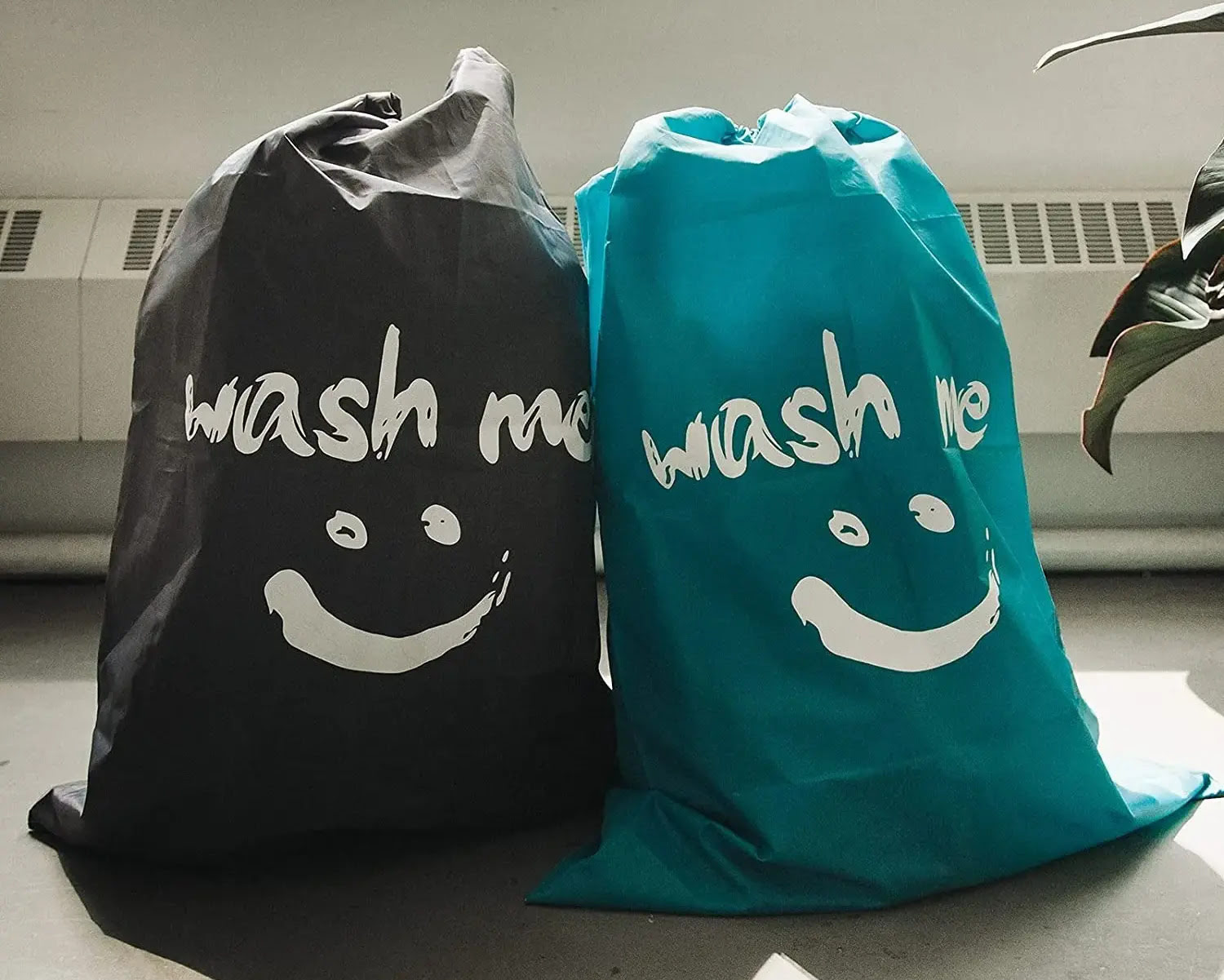

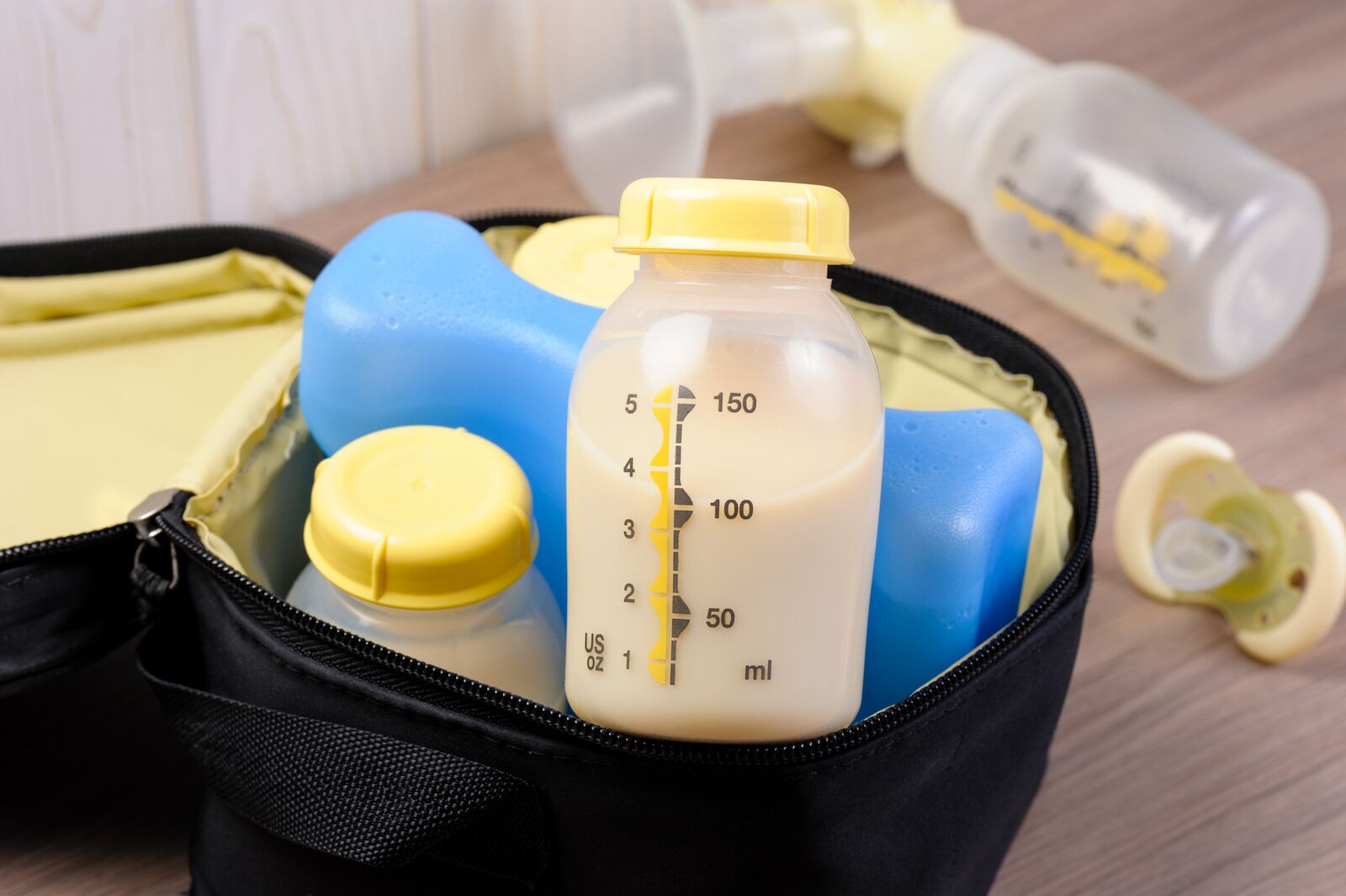
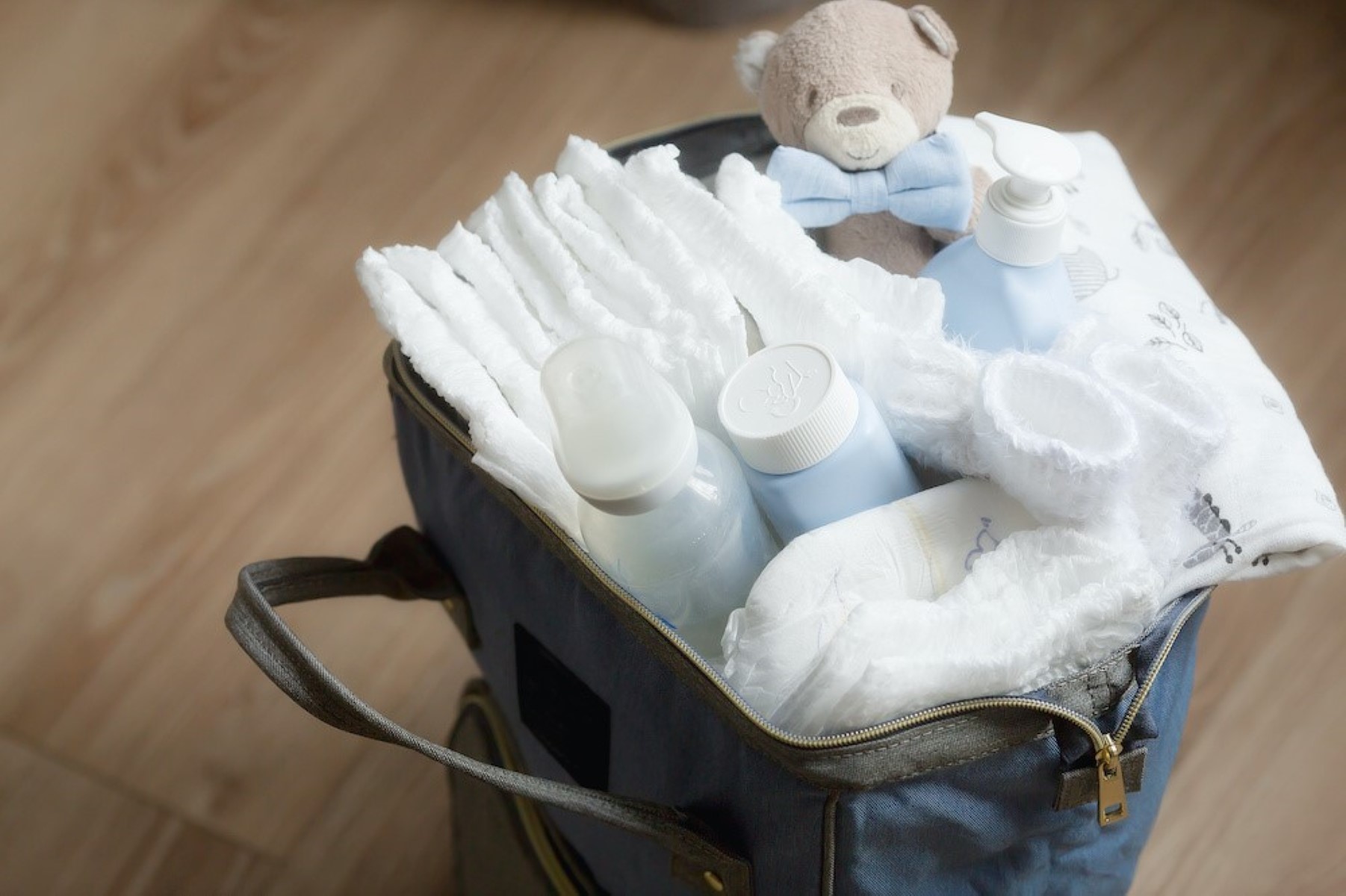
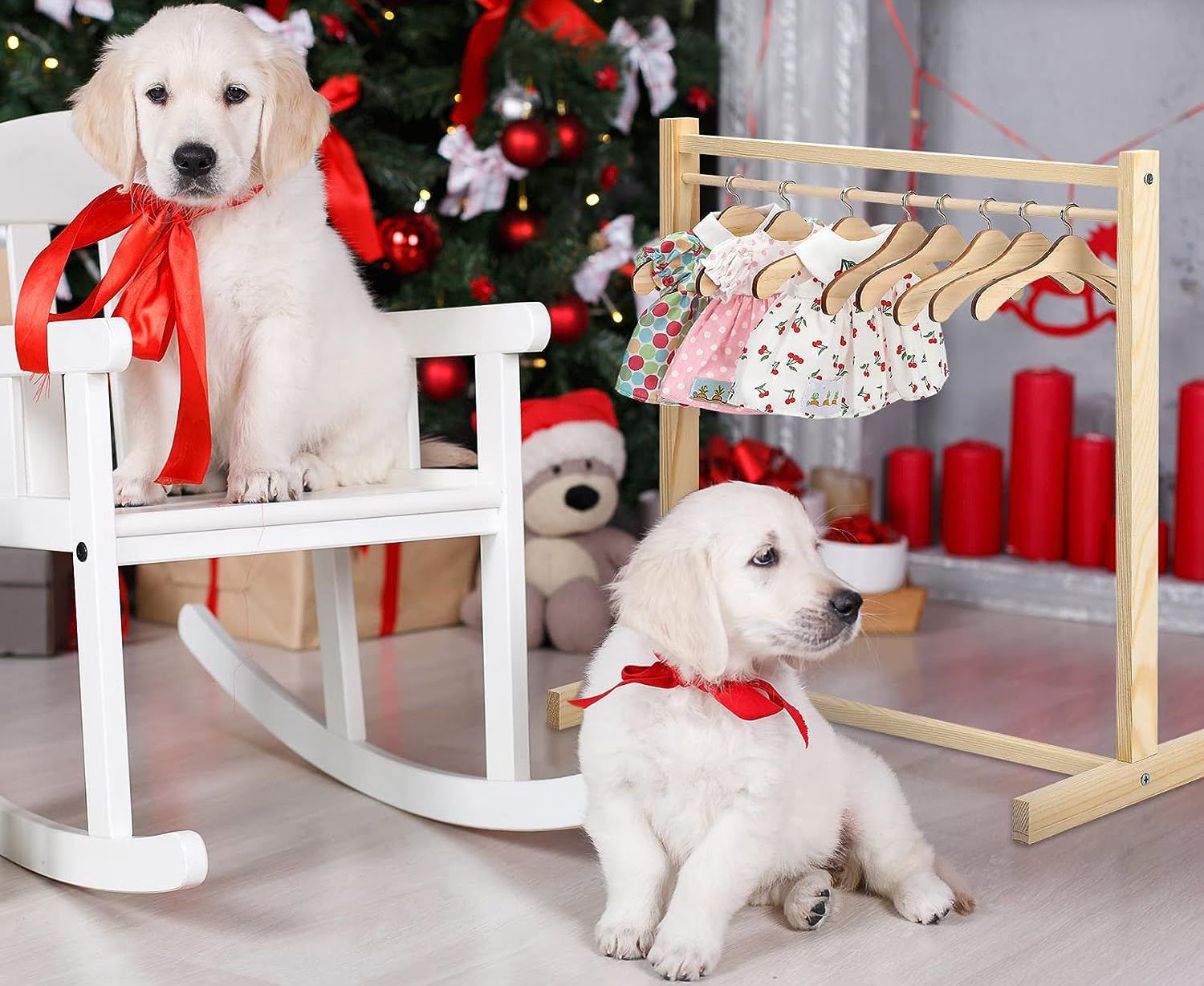
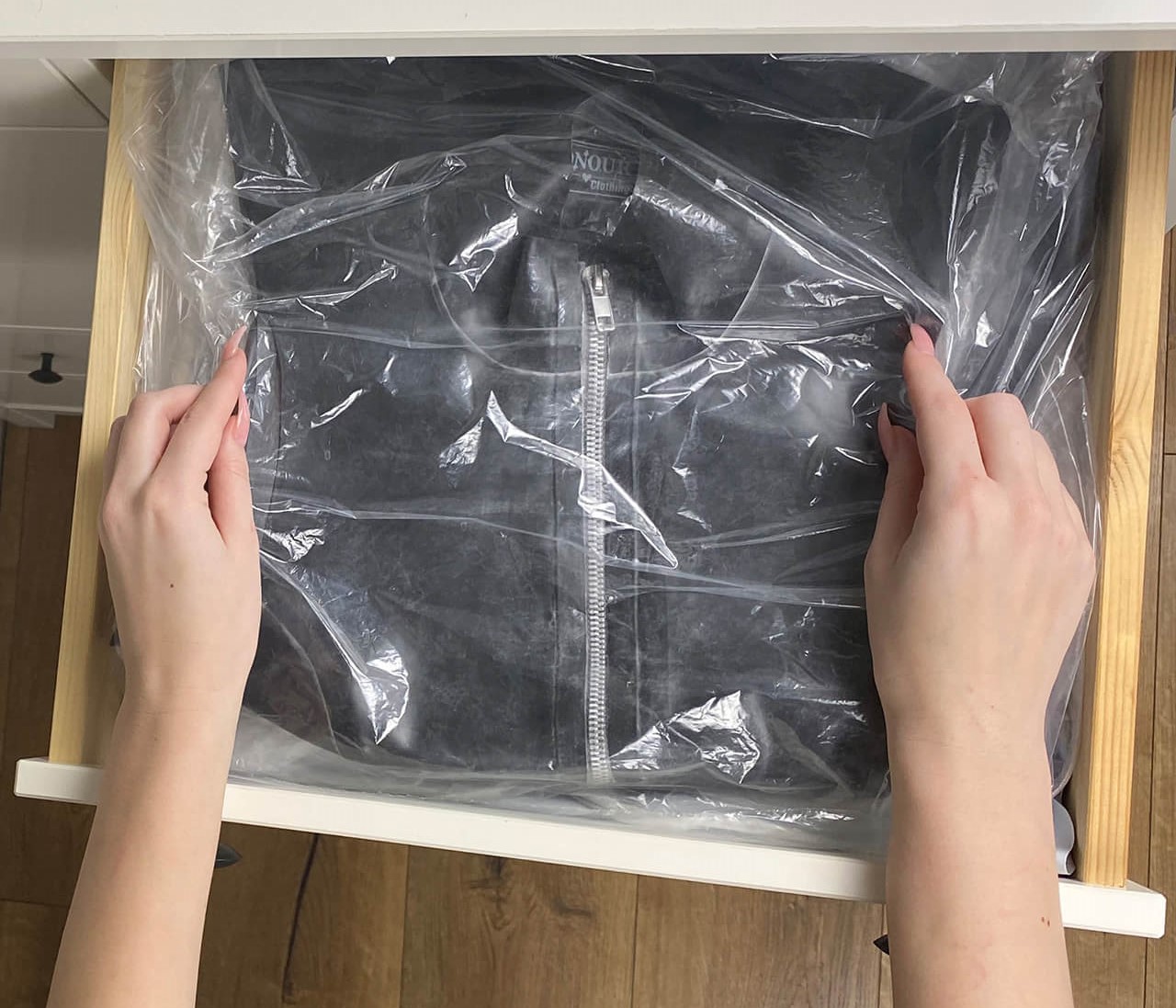
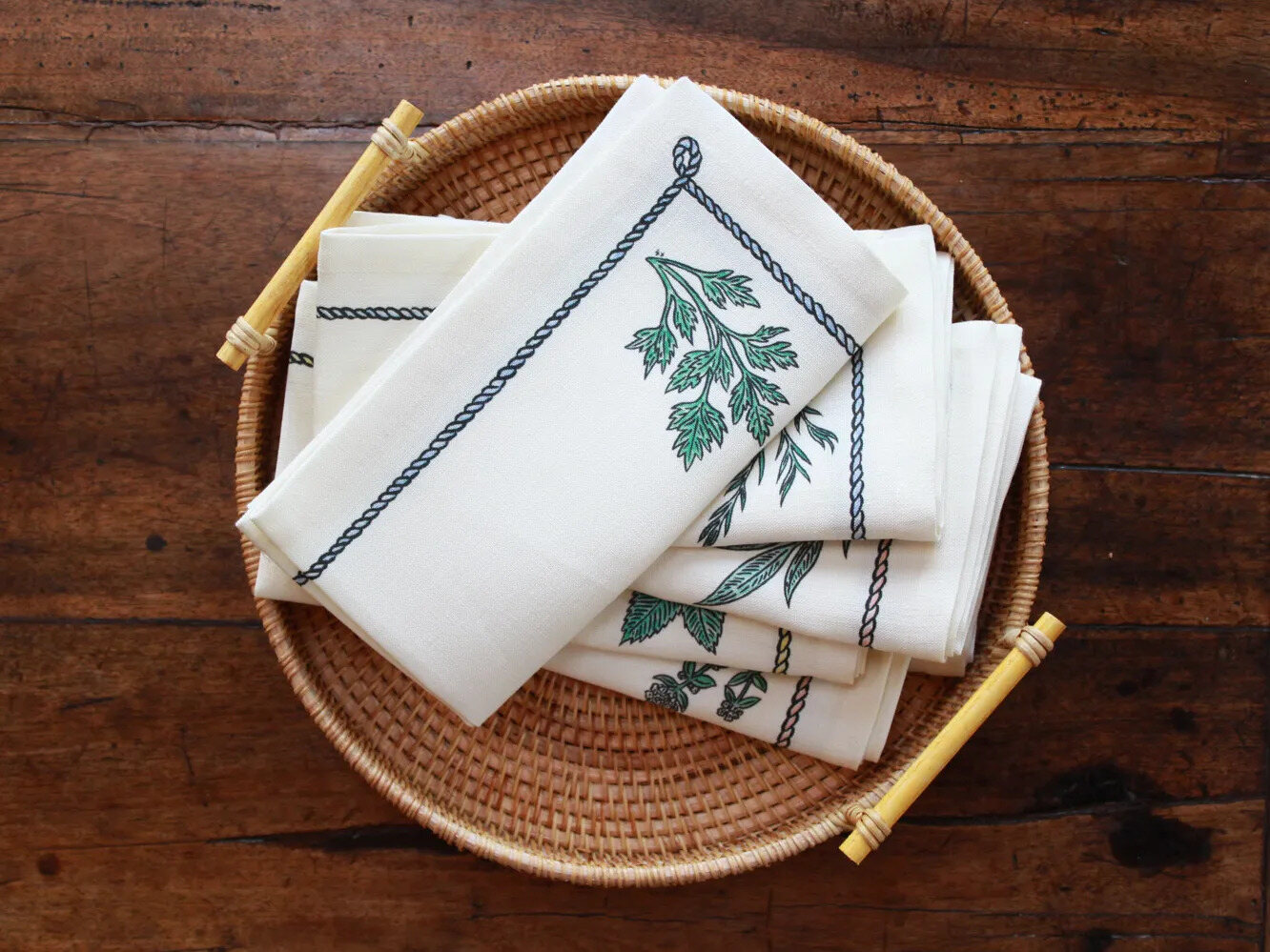
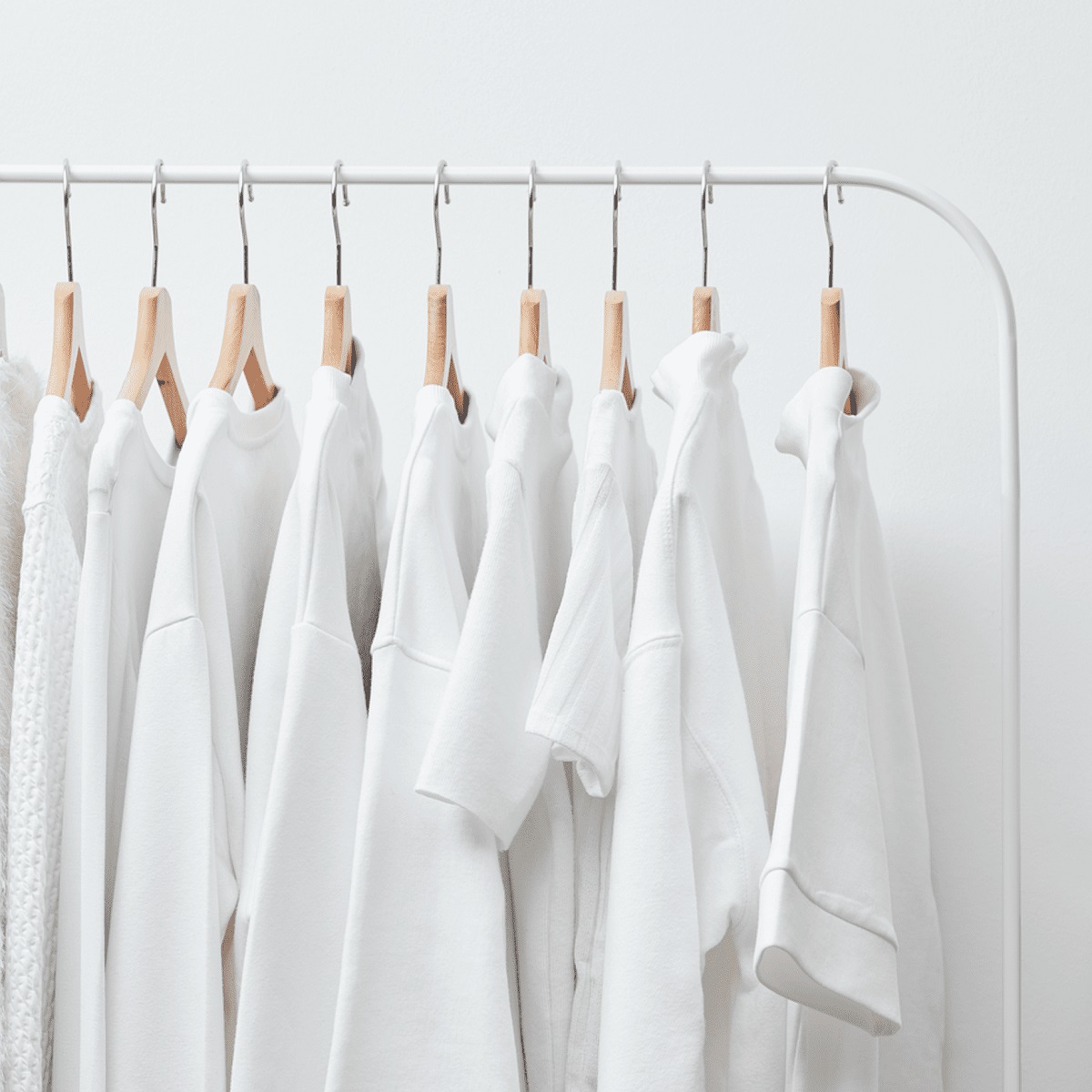
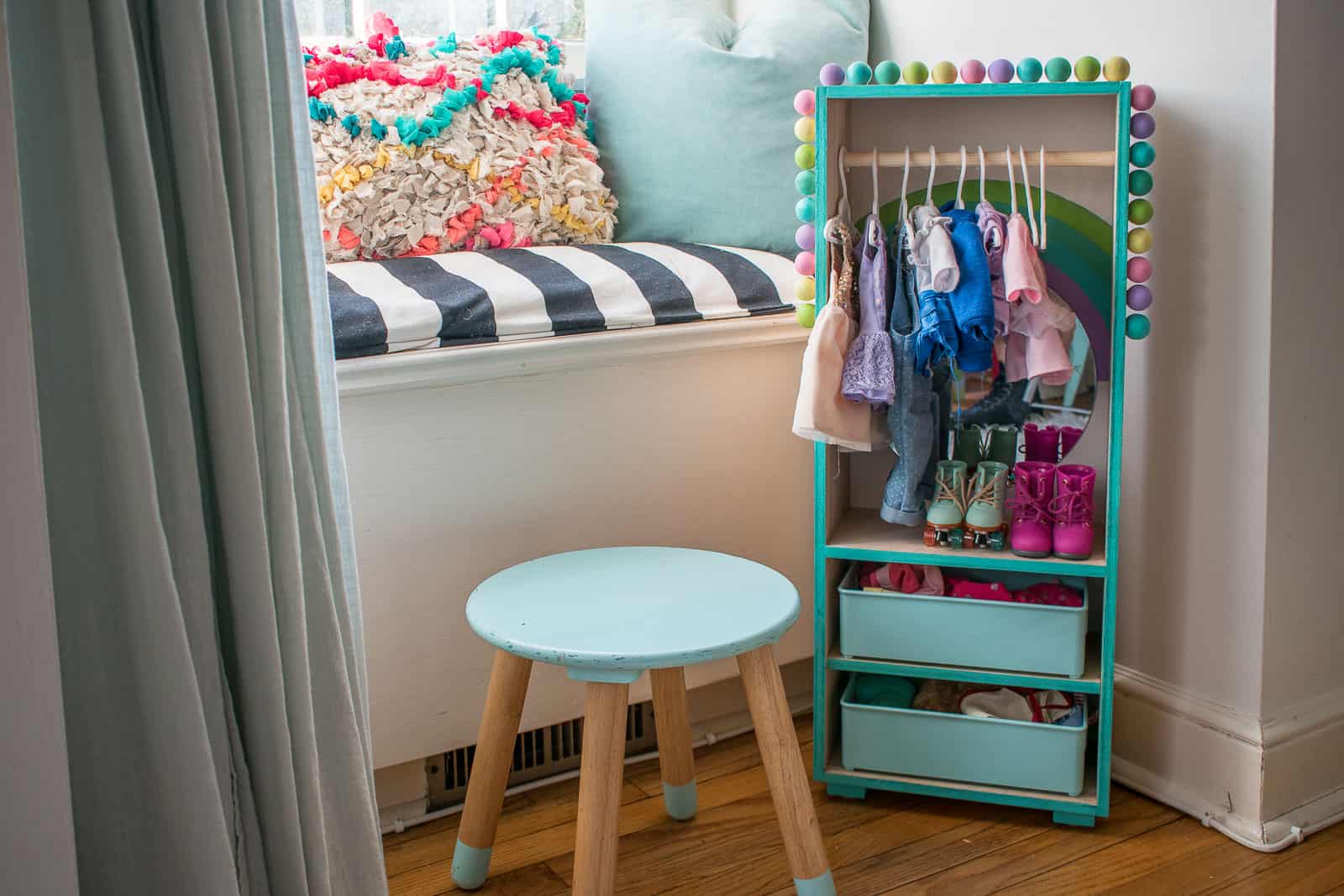
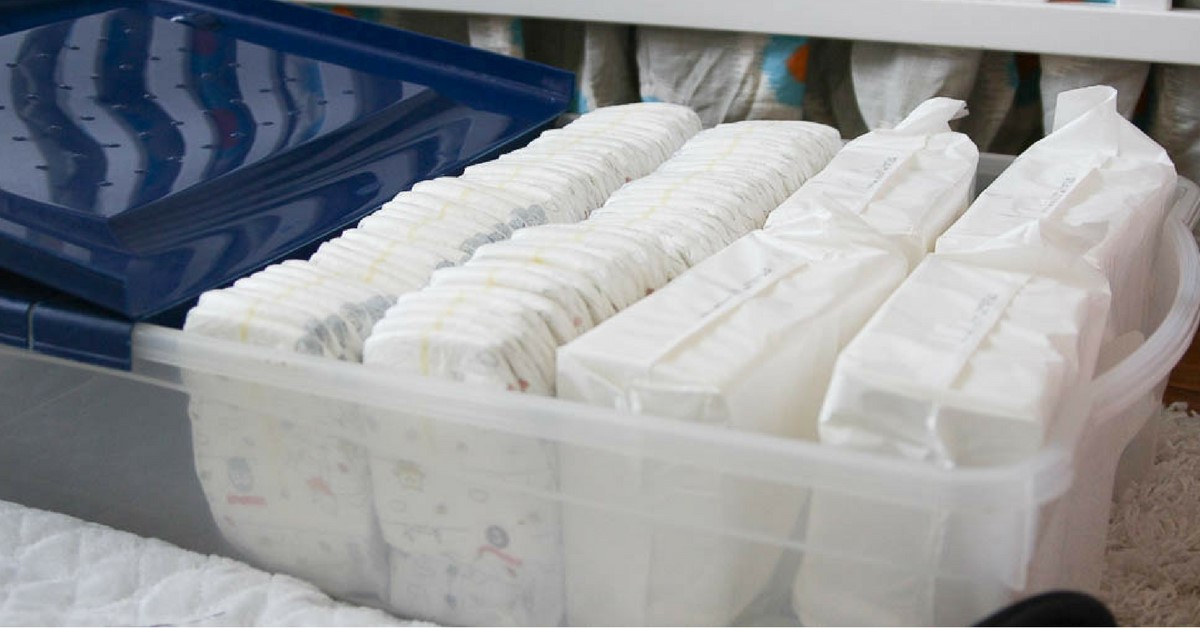
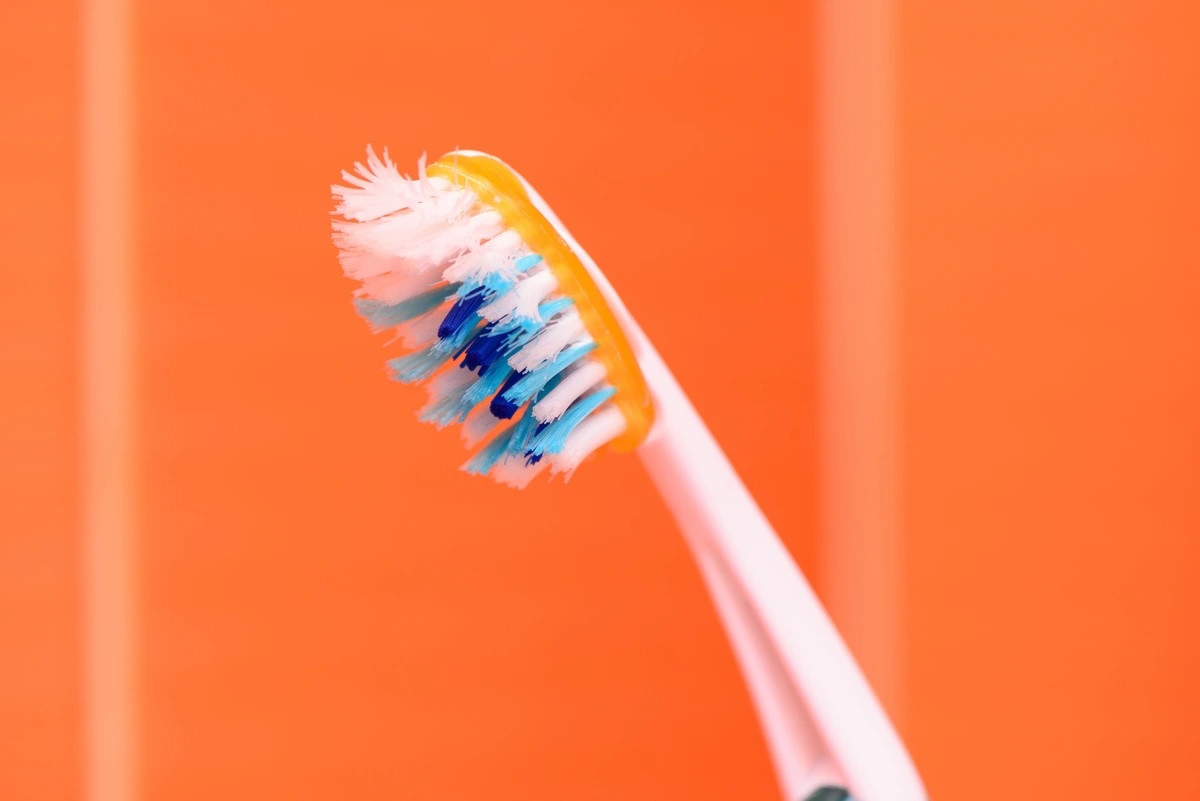

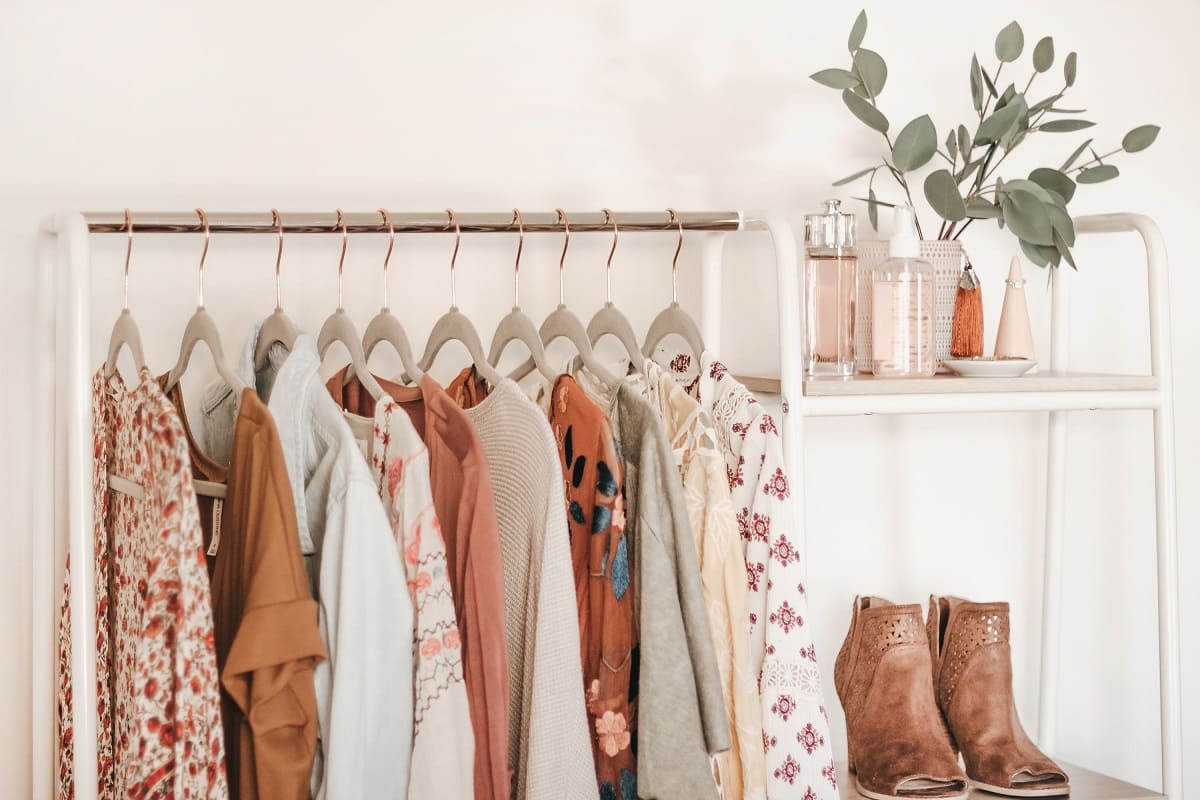

0 thoughts on “How To Store Dirty Cloth Diapers”